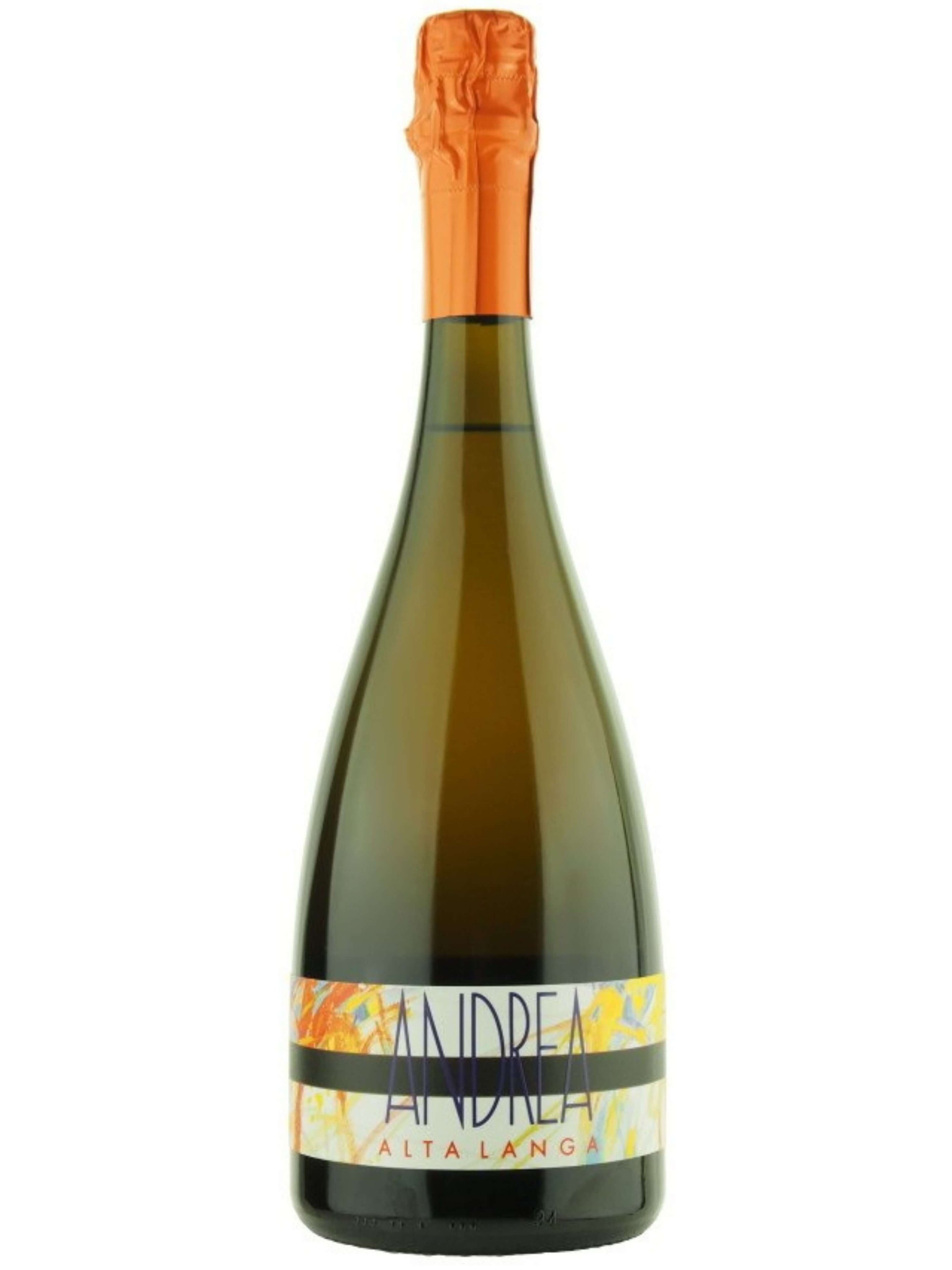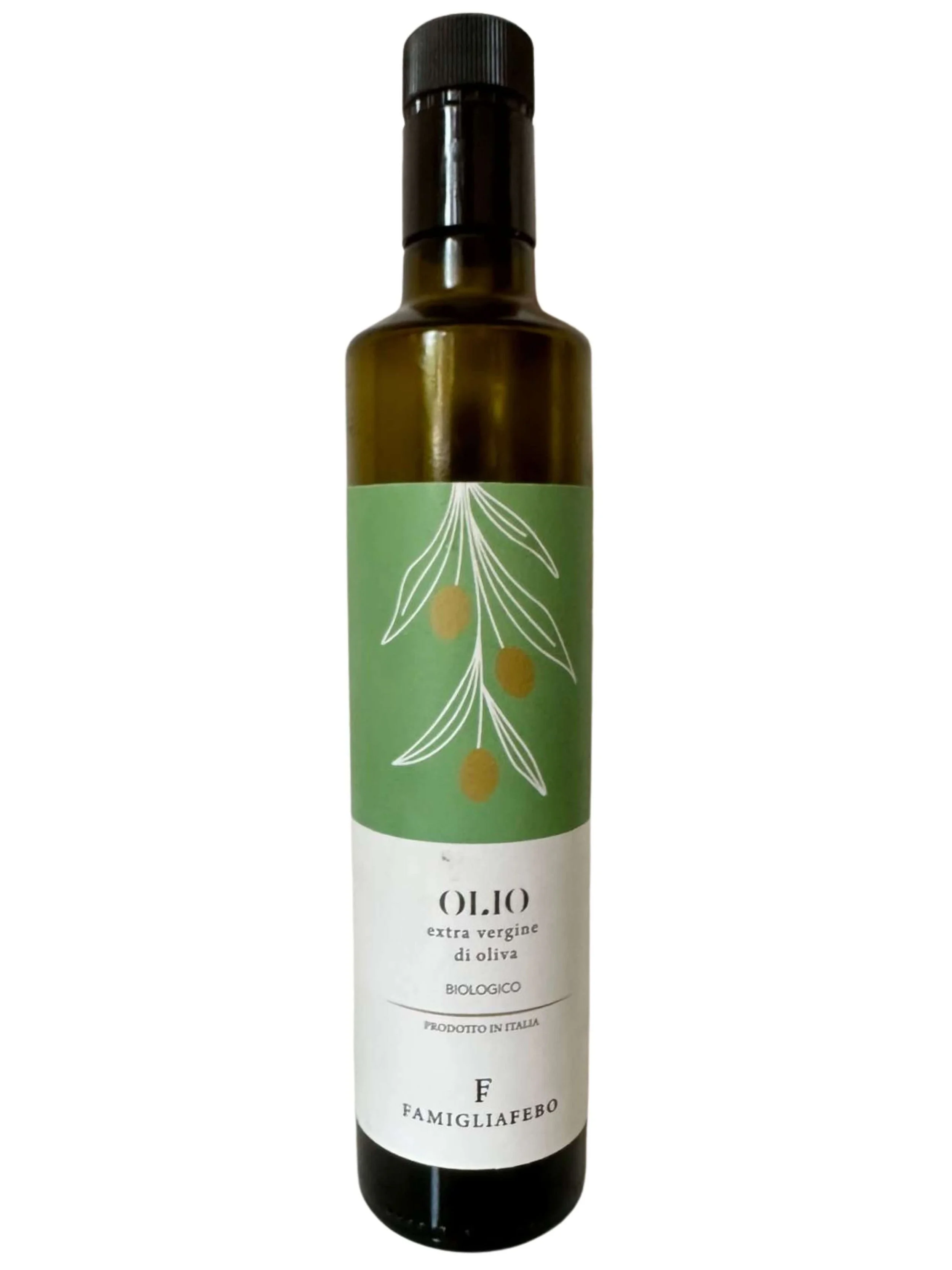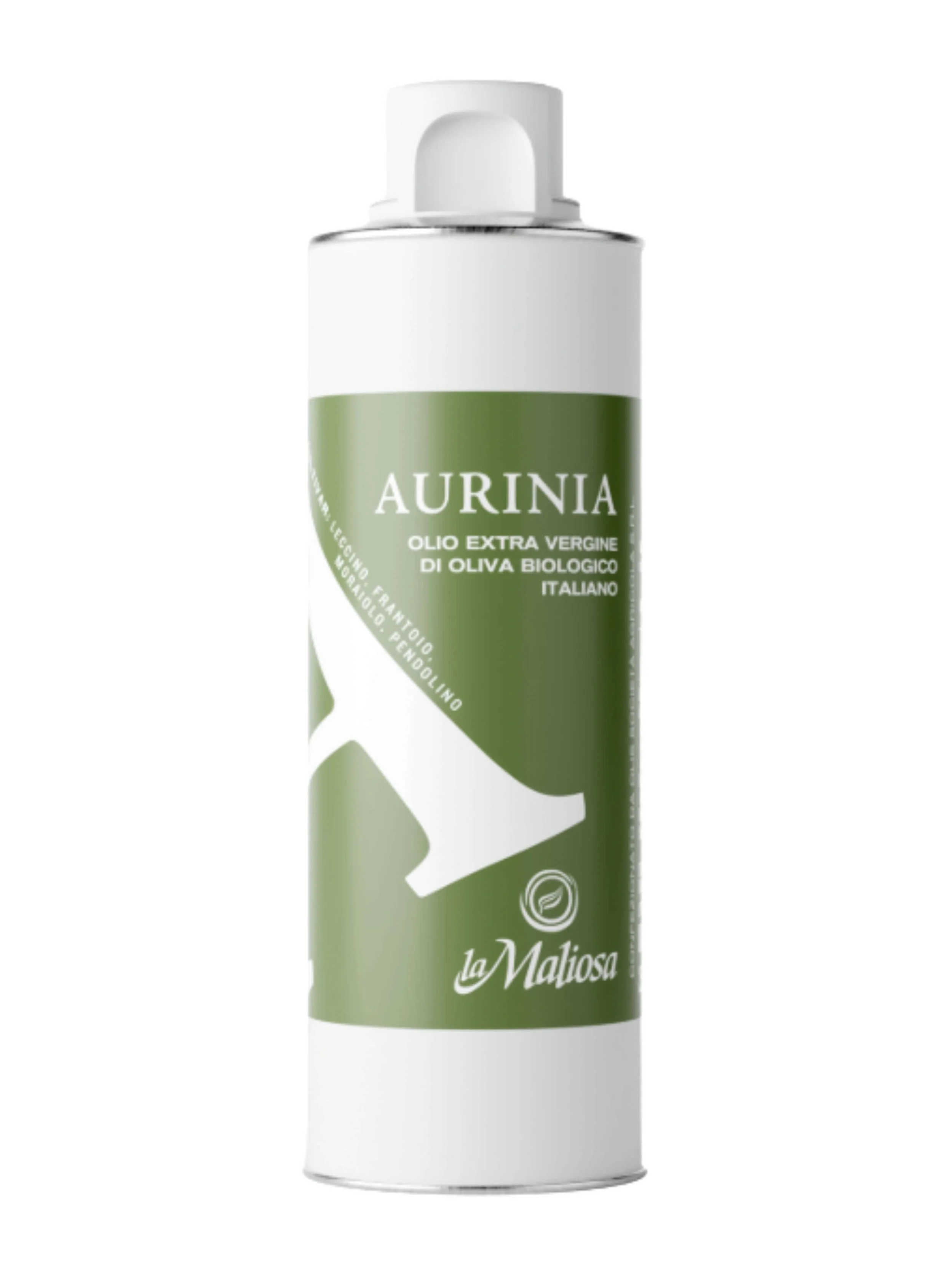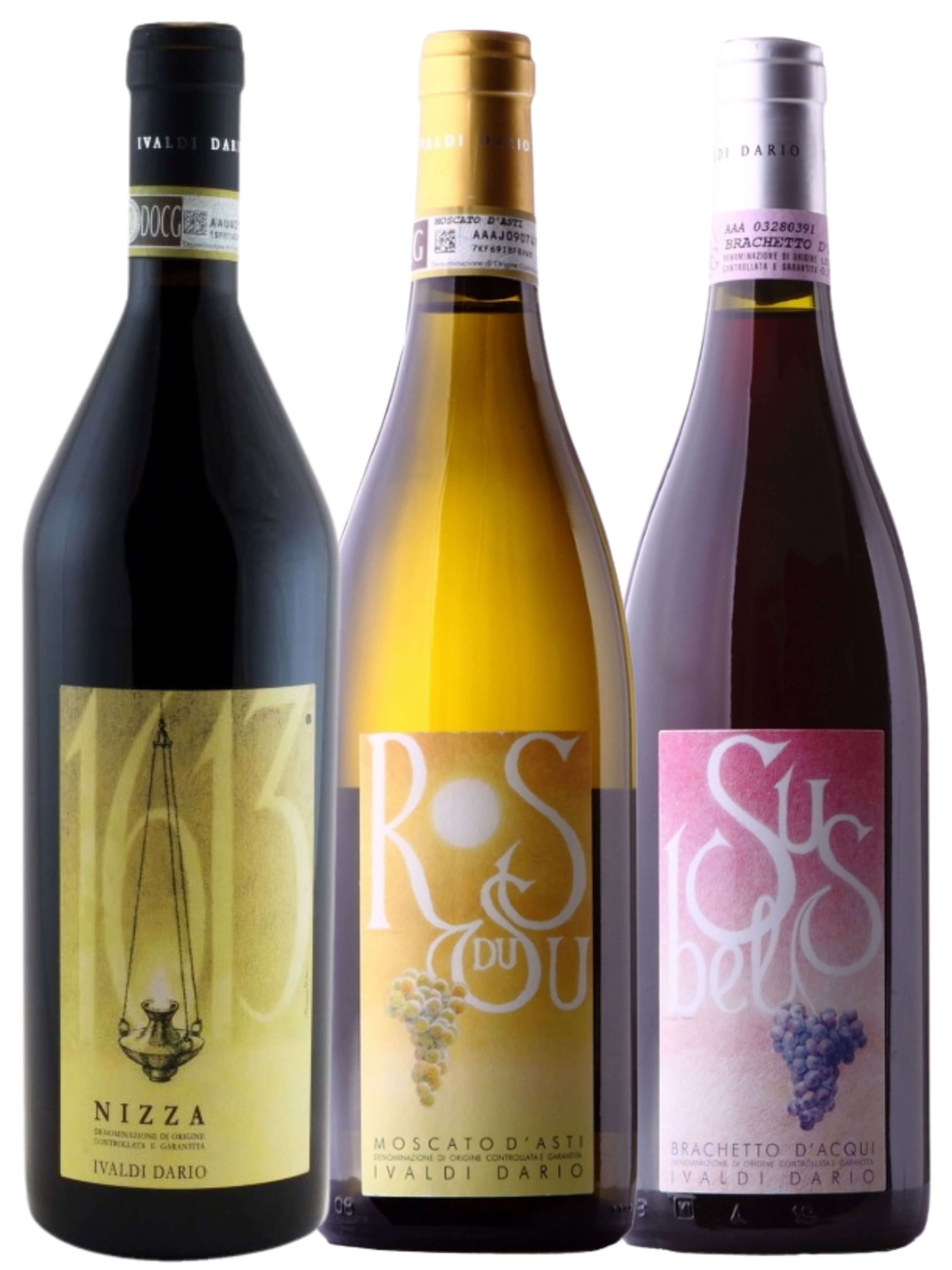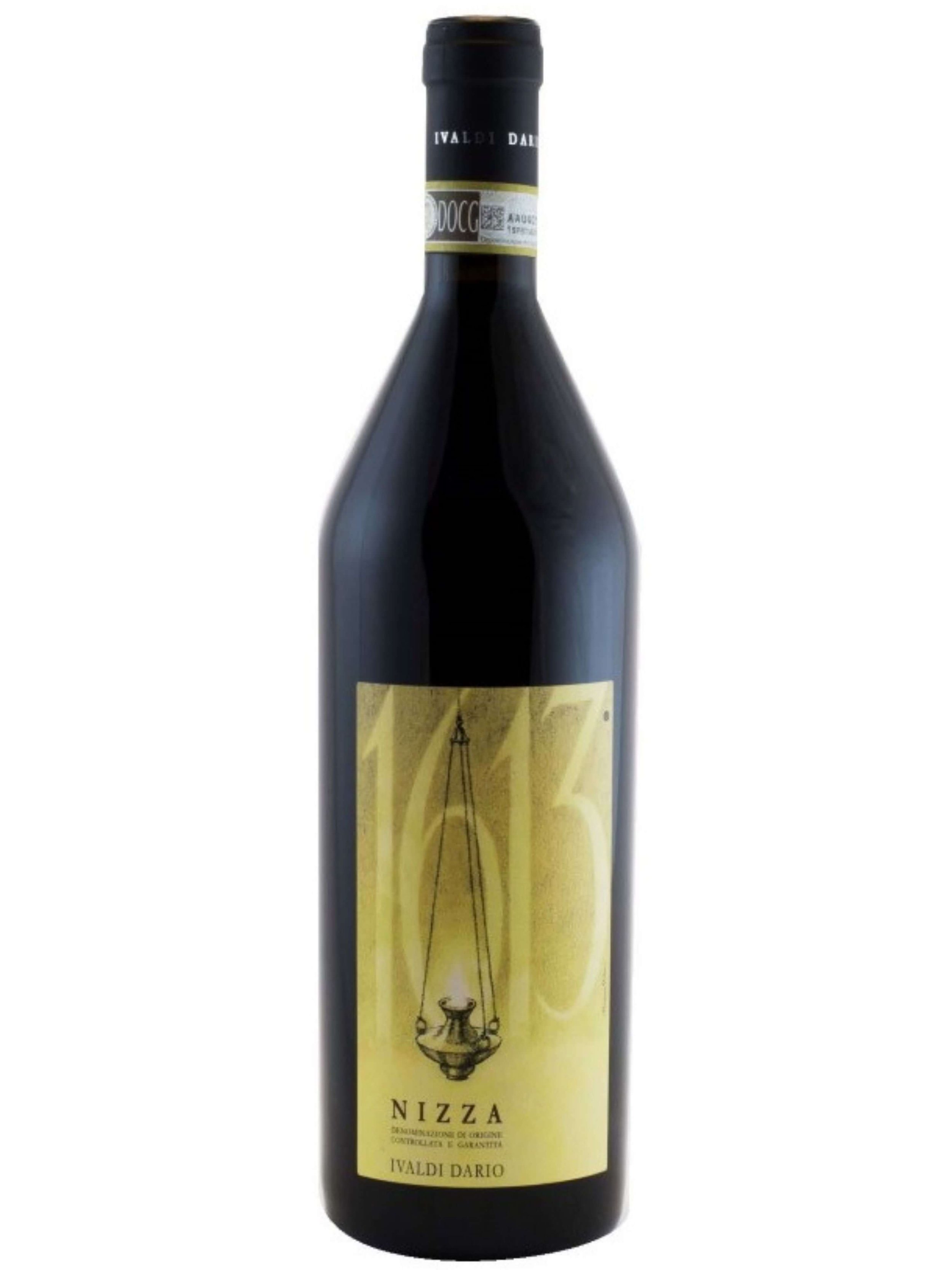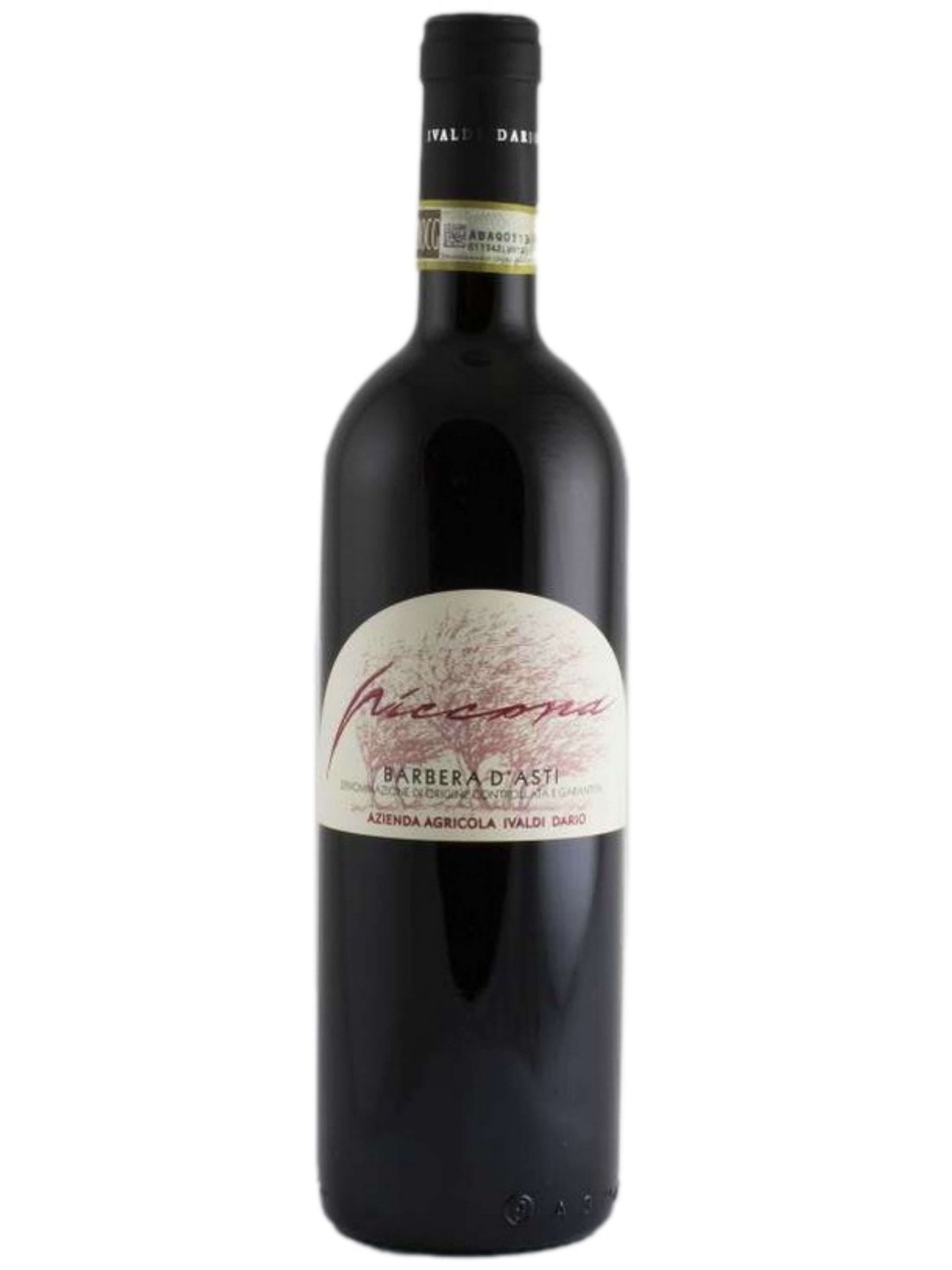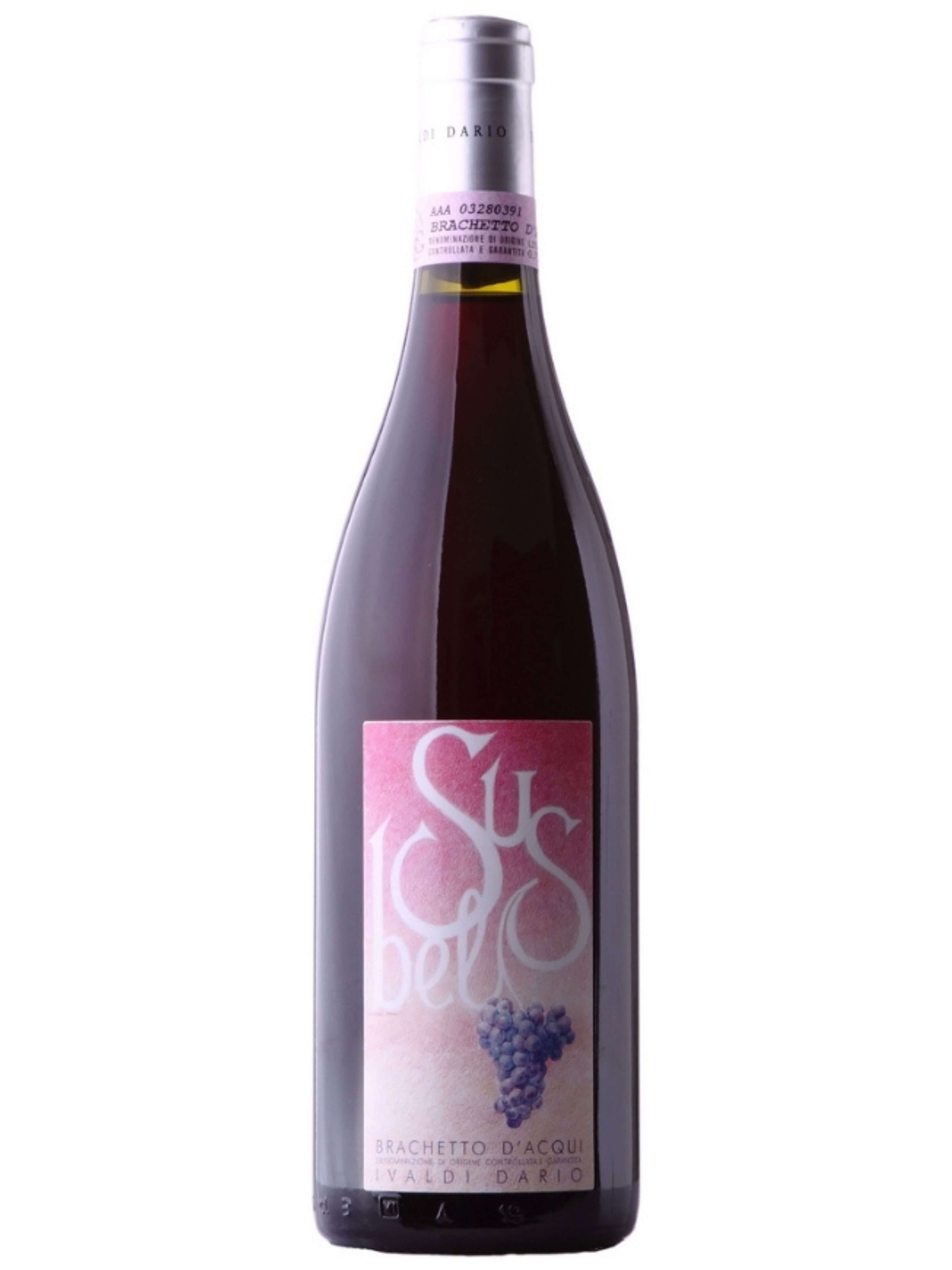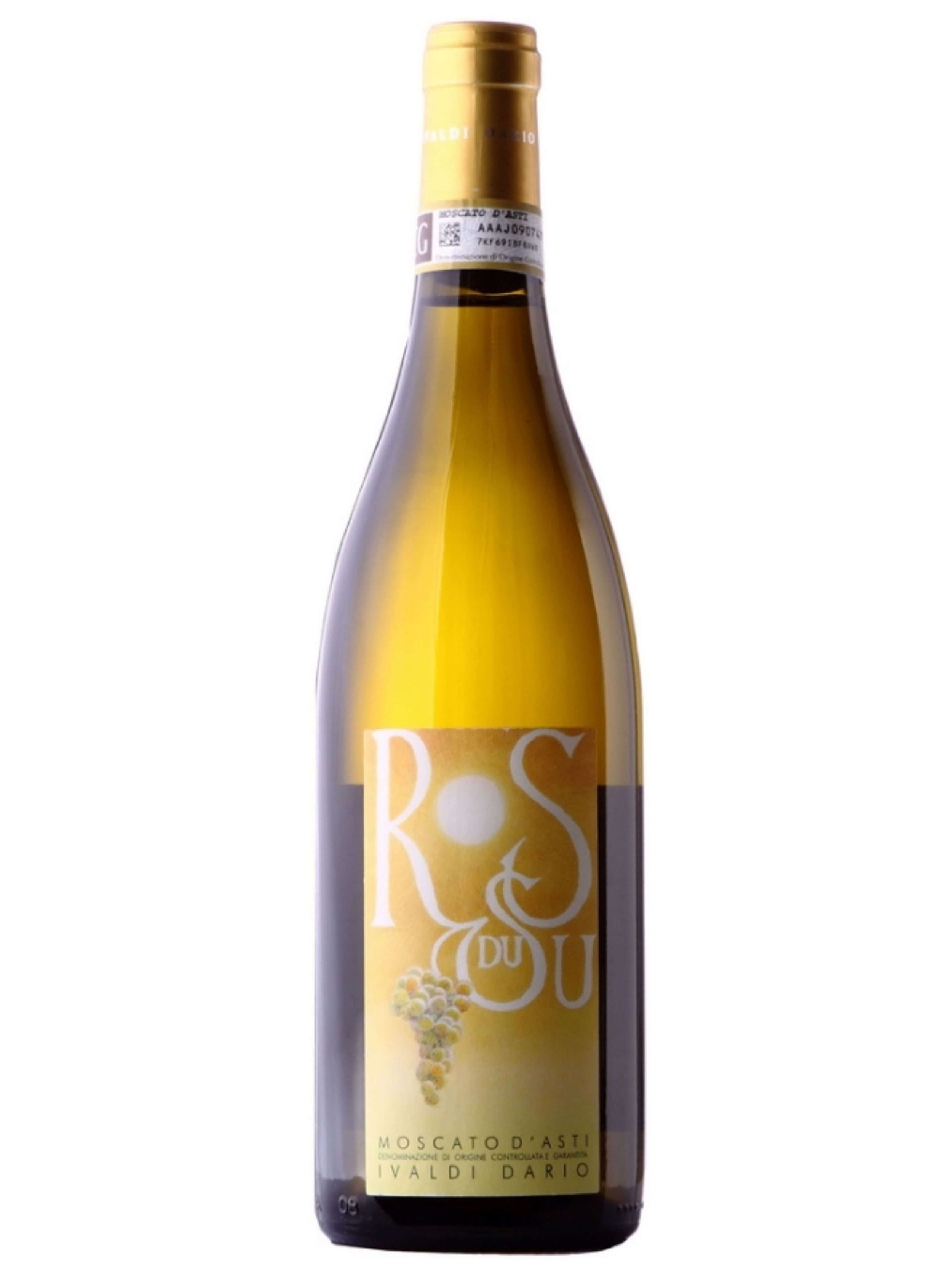Get to Know Asti Monferrato Cuisine
We have explored many different areas of Italian cuisine in the past: from the central Abruzzo, to the Northern Veneto Valdobbiadene and Friuli Venezia Giulia, over to the Langhe, through Tuscany, into Romagna, and even into the past with Ancient Rome.
Now, let’s journey into the kitchens and dining rooms of the Monferrato. As we talked about in our last article, located in the Northern Italy region of Piedmont, in the provice of Asti, the Monferrato hills are a UNESCO World Heritage site. Covering a wide variety of land, the area has varied productions from different farms, to vineyards, to groves of fruit and nut trees. This variation is also seen in their wines, from dry white sparkling and sweet, such as Moscato d’Asti and red spumante Brachetto d’Acqui, and also delicious red Barberas ranging from the young, fresh and fruity Barbera d’Asti to the oak-aged barbera Nizza DOCG.
Enjoy a piemontese marinated chicken salad dressed with organic extra virgin olive oil, and pair it with a sparkling champagne method Alta Langa from Monferrato winery, Ivaldi.
Food of the Monferrato
The Monferrato is right next to the Langhe, another famous wine growing area. Naturally, both regions share a common denominator of Piedmontese cuisine, with dishes such as white truffles, hazelnuts, Bagna Cauda, Zabajone, Risotto, e Tajarin.
However, there is a large section of the Monferrato that pushes down towards the Mediterranean bordering region of Liguria. This means that some areas of the Monferrato have a more Ligurian/sea influence to certain dishes. This comes especially in the form of preserved foods, like salted cod (Baccalà), tuna, anchovies, and olives. Once upon a time the wine of the Monferrato was traded with the nearby Ligurian sea-towns for these easily-conserved foods that used either salt or oil to limit oxygen and allow the foods to not go rancid.
Like the Langhe, the Monferrato is largely an agricultural area, where vines are not planted, there are large fields of a variety of fruits and vegetables, wheat, sunflowers, and hazelnuts. So, as in the next-door Langhe, a lot of dishes are what Italians call cucina povera, or poor cuisine, and is based on conserving and canning food or ingredients and definitely ‘waste not want not’.
A Farmer’s Dish Pairs with an Elegant Wine
One dish that brings together all of these principles is the famous Monferrato dish, Tonno al Coniglio, or ‘tuna rabbit’. However, chicken is also very popular, and beef is sometimes used as well. As discussed above, a classic and traditional method of conserving meat in Piedmont, is to make it ‘al tonno’, or ‘like tuna’, meaning the meat is jarred and conserved in oil. So, food is conserved for later under oil, check. Waste not want not? Well, a dish like Tonno al Coniglio or Tonno al Pollo started off by using the discarded small bits of left-over meat, often those little pieces stuck to the bone after carving, or other pieces that are too difficult to remove. By boiling them, the meat separates from the bone much easier, albeit in smaller pieces. Then, the broth made with the meat can be used for a variety of different dishes or just for sipping (read more about how you can use homemade broth here).
Tonno di Pollo or marinated chicken, is cooked, then preserved with herbs and spices and covered with oil.
Back to the jarred meat: it can have many uses, from enjoying it by itself as a meal with side vegetables, on crostini or crackers like an appetizer, or mixed into a salad. The recipe here from VeroChef Jacqueline Mitchell is inspired by a traditional and common salad, sometimes called an insalata bergera, or farmers salad. She says, ‘I love the mixture of cheese, celery, and nuts and it works so well with the preserved chicken or rabbit. For a less traditional take, I sometimes use feta in place of the traditional Piemontese toma cheese to add a delicious tang to the salad. But this is such a light, easy, bright, and crunchy dish to pull together, I eat it all the time at home.’
And what to drink? Jacqueline pairs this salad often with the champagne method Alta Langa sparkling wine, Andrea, from Monferatto winery Ivaldi. ‘The sparkling wine is nice to add acidity and cut the oiliness of the chicken and salad, yet it is still fresh enough to not cover the delicate herbs, soft rabbit (or chicken), and fragrant hazelnuts. Plus, who doesn’t love to start off a meal with a light salad appetizer and glass of bubbly? I know I sure do,’ Jacqueline says.
Wines of the Monferrato
When considering wine pairing with Monferrato foods, or rather any menu, trusting a 4 generation winery like Ivaldi in Nizza Monferrato is the way to go. A versatile and varied winery, between all of their wines, they have something for every dish, and every person. Bubbles? Try their Andrea Alta Langa. Sweet wines? Look at their Moscato d’Asti and Brachetto d’Acqui. Fresh, young red? Then try the single vineyard Piccona Barbera d’Asti. An aged complex red? Their Nizza DOCG is a unique alternative to nearby Barolos or Barbarescos.
In fact, you can meet and taste alongside Andrea Ivaldi on Wednesday October 5th at 3pm ET / 12pm PT on Zoom for a VeroTalk live from the Ivaldi’s wine cellar in Nizza Monferrato. We will be tasting the full lineup of his 5 wines. Purchase our Asti Monferrato Explorer Set to get started tasting, and with shipping included add on the sparkling Alta Langa and aged Nizza DOCG to be able to taste along with Andrea and wine educator Mary Beth Vierra all 5 of Ivaldi’s Monferrato wines. Visit the VeroTalk page to learn more about this event.
Register to participate on Zoom and buy the Ivaldi wines to taste along with the winemaker live from the Monferrato. But before, be sure to try the traditional chicken salad recipe out for yourself below, and taste a little bit of the Monferrato, wherever you are!
Insalata di Pollo – Marinated Chicken Salad
Cooking and Prep Time:
Chicken - Overnight
Salad - 15 minutes
Ingredients:
1 Whole Chicken (or rabbit)
1 Onion 1 Celery 1 Carrot
4-5 Sage Leaves
1-2 Bay Leaves
1 Sprig Rosemary
5-6 Garlic Cloves
3-4 Juniper Berries
q.b Coarse Salt
q.b Peppercorns
q.b Extra Virgin Olive Oil
For the Salad:
Hazelnuts or Walnuts
Fresh, non-aged cheese in cubes
Celery, sliced thinly
Suggested Wine Pairings
Ivaldi | Andrea Extra Brut Alta Langa | Champagne Method Sparkling Wine
Procedure:
1. Start by bringing a pot of water with an onion, a stalk of celery, and a carrot to a boil. Add your whole chicken and let cook until the chicken is falling off the bone. Remove the chicken and set aside to cool. Strain the broth to use in other dishes.
2. When cool, pull the meat off the bones, shredding with your fingers as you pull it apart, and place the shredded meat in a large bowl. Add the seasonings (sage and bay leaves, rosemary, garlic, juniper berries, peppercorns, and salt), and mix all together.
3. In a jar or air tight container, place the mixture, packing it in with your fingers, and once full, gently pour in extra virgin olive oil until the mixture is completely covered. This will help with conservation. Leave the mixture to marinate in the jar at least overnight, and up to 7 days if kept completely covered in oil in the fridge.
4. To construct the salad, mix together some un-aged, fresh cheese (like a piemontese toma) cubes, hazelnuts or walnuts, thinly sliced celery, and pieces of the meat from the jar. Dress the salad with oil from the jar and a little salt and lemon juice if necessary.
5. When the meat in the jar is finished, discard the spices, garlic, and herbs, and keep the oil to used for cooking, dressing or other uses.



